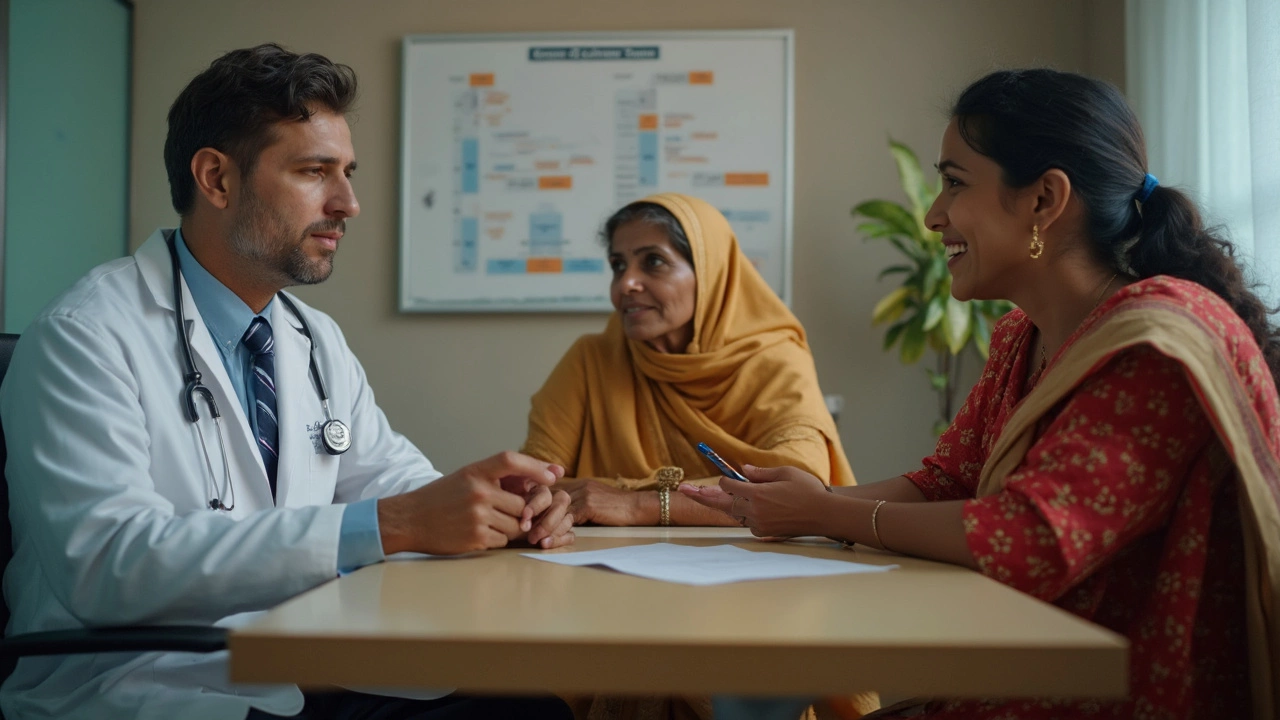Stage 3 Cancer – What It Means and How to Face It
If you or a loved one has just heard the term “stage 3 cancer,” your mind probably floods with questions. What does the number actually tell you? How serious is it, and what can be done? Let’s break it down in plain language so you can understand the basics and feel a bit more in control.
Understanding Stage 3: Size, Spread, and What It Looks Like
In simple terms, stage 3 means the cancer has grown larger and may have spread to nearby tissues or lymph nodes, but it hasn’t jumped far away to distant organs. Doctors use imaging tests, biopsies, and sometimes surgery to figure out exactly how far the disease has moved. The exact definition can vary a little between breast, colon, lung or other cancers, but the common thread is regional spread.
Typical signs you might notice include a lump that’s getting bigger, persistent pain, unusual bleeding, or changes in how a body part feels. Some cancers cause fatigue, weight loss, or night sweats even before they’re discovered. If you notice any new, unexplained symptoms, it’s worth getting checked sooner rather than later.
Treatment Paths: Surgery, Radiation, Chemo and Beyond
Stage 3 cancer usually needs a combination of treatments. Surgery aims to remove as much of the tumor as possible. Radiation can shrink the tumor before surgery or clean up what’s left afterward. Chemotherapy works systemically, attacking cancer cells that may have traveled to nearby nodes.
In recent years, targeted therapies and immunotherapy have become part of the arsenal, especially for cancers like lung or melanoma. These drugs focus on specific molecules or boost the body’s immune response, and they can be paired with traditional chemo for better results.
Every plan is personalized. Your oncologist will look at the cancer type, its exact location, your overall health, and how you tolerate side‑effects. It’s normal to feel overwhelmed by the options, so ask for a written summary and don’t hesitate to get a second opinion if you need it.
Beyond medical treatment, lifestyle tweaks can support recovery. Eating a balanced diet rich in fruits, veg, and protein helps repair tissue. Light exercise, as approved by your doctor, can keep stamina up and reduce fatigue. Staying hydrated and getting enough sleep also matters.
Emotional support is just as critical. Talk to friends, join a support group, or consider counseling. Sharing your experience often lightens the mental load and gives you practical tips from people who’ve been through the same journey.
While stage 3 sounds serious, many patients achieve long‑term remission, especially when treatment starts early and follows a multi‑modal approach. Survival rates vary by cancer type, but advances in therapy keep improving outcomes year after year.
Remember, statistics are averages, not predictions for any one person. Focus on the steps you can take: follow your treatment schedule, keep appointments, report side‑effects early, and stay active in your care decisions.
If you’re searching for more information, reliable sources like the Indian Council of Medical Research, reputable cancer hospitals, and patient advocacy groups can offer detailed guides and contact details for specialists. Knowledge empowers you to ask the right questions and make informed choices.
Facing stage 3 cancer is challenging, but you don’t have to go it alone. With a clear understanding of what the stage means, a solid treatment plan, and a support network, you can move forward with confidence and hope.






